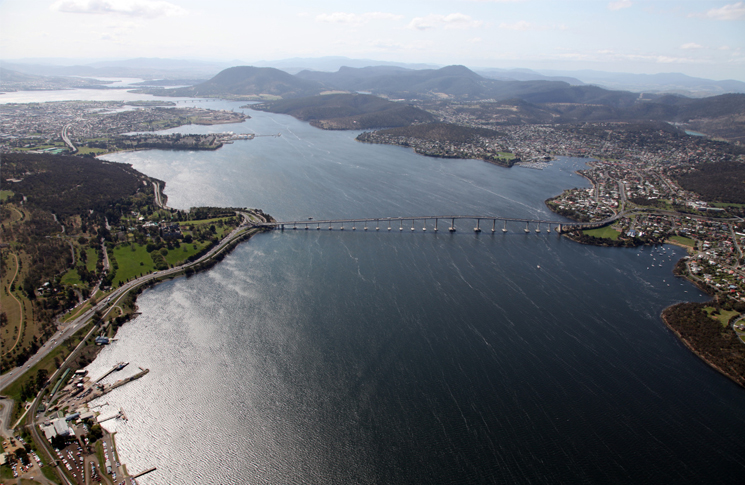by Frank Bender, a Flight Safety Australia reader
It was nearing the end of a beautiful summer day on King Island and I was feeling that everything was right with the world. I was about to take-off and return to mainland Tasmania to complete my flying for the day. I had already completed four trips in beautiful conditions during the long day delivering and picking up loads of freight to and from the Island. Tasmanian weather in summer is the complete opposite of the wet, windy and gloomy winter weather and I was looking forward to the promise of continued beautiful conditions on my day off tomorrow.
I was flying a ‘D 55 Baron’, which is basically a stretched B 55 with B 58 (IO-520) motors, and which allows it to be both fast and a good load carrier, although harder to load than a B 58.
Since there was little or no wind I decided to depart to the south on Runway 17, and as I backtracked I went through my take-off check list of ‘controls free and correct, harnesses and hatches secure, fuel gages checked, and temps and pressures in the green’. I also went through my take-off brief using blue line speed as a go/no go point to abort or continue.
I continued to the end and turned around mindful of the saying that one of the most useless things during take-off is the runway behind you.
I stopped in the lined-up position, again checked controls free, advanced the throttles part way, checked the temps and pressures in the green, released the brakes, and pushed the throttles all the way.
Acceleration was brisk, the blue line came quickly, and we were airborne. A positive rate of climb was established, and I selected gear up ready for the trip home … then the starboard engine quit, not a surge or misfire, but a complete stop, and the worst part was that I knew the port engine would follow suit and I knew exactly why!
A D 55 Baron had two fuel tanks in each wing, a main and an auxiliary, but only a single gauge for each wing, with a panel mounted switch to select the gauge to the different tank.
The dual tanks were good for balancing fuel and freight loads, and standard practice was to use the auxiliary tanks in cruise but take-off and land on the main tanks. On multiple short freight runs we tried to finish with nearly empty auxiliaries to allow for flexibility in subsequent loads.
It became obvious to me that before the last landing I must have switched the gauge to the main tanks, but not the selector, so while the gauges showed plenty of fuel, the selectors were on the empty auxiliaries.
After an ‘oh s@#&’ moment, I lowered the nose slightly to maintain blue line speed, reached down between the seats for the starboard fuel selector turned it to the main tank, switching hands I reached to the left lower panel and turned on the boost pump to high and was rewarded by the engine roaring back to life. I then repeated the same with the port selector and verified the gauges and selectors agreed.
The subsequent flight home way uneventful, but I am reminded how inattention to a minor detail almost ruined a ‘perfect summer day’.



Comments are closed.